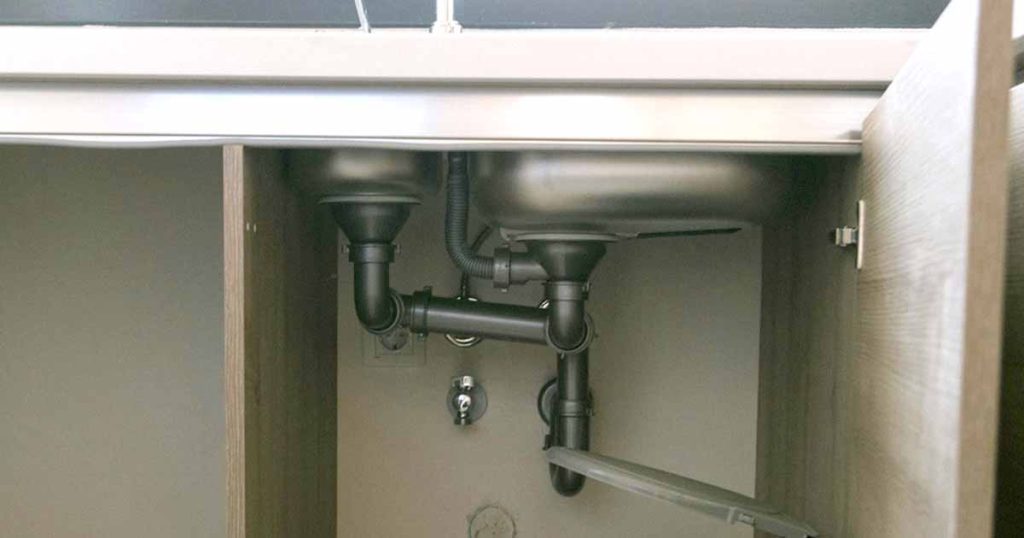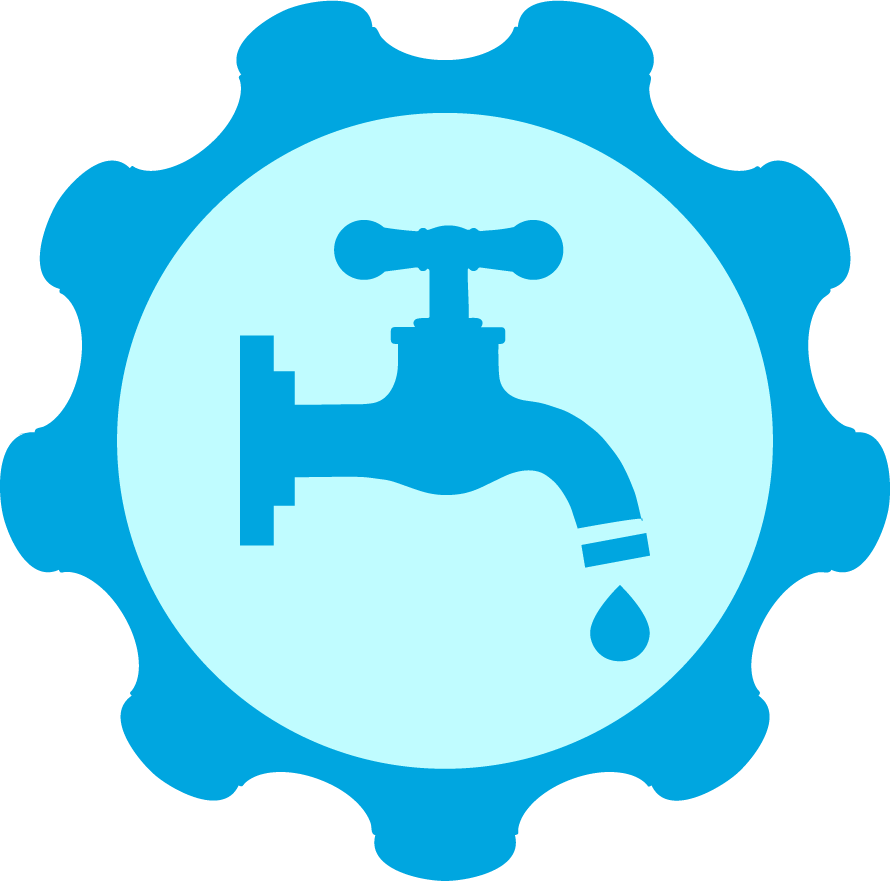How to Find and Fix Plumbing Leaks Around the House

Plumbing leaks can occur anytime—sometimes they’re minor nuisances, other times they can cause significant damage if overlooked. The good news? Many small leaks are straightforward to repair when you know what to look for. We’ve gathered tips from industry experts to help you identify leaks early and know when to call a licensed plumber through PlumberHelp for professional assistance.
Table of Contents
Track Your Household Water Usage
Why It Matters:
Knowing how much water your family uses monthly can help you spot unusual spikes that hint at hidden leaks.
What to Do:
- Check Your Water Meter Regularly: Take note of your monthly usage.
- Watch for High Bills: If a household of four exceeds 12,000 gallons in cooler months, it often signals a serious leak (EPA guideline).
- Act Quickly: Even a tiny leak can waste thousands of gallons annually. Prompt repairs help conserve water and keep your utility bills in check.
Locate Your Main Shut-Off Valve
Why It Matters:
If a pipe bursts, time is of the essence. Knowing exactly where your home’s main water shut-off valve is allows you to stop the water supply immediately—preventing extensive damage.
Where to Find It:
- Look near the water meter, often in a basement, utility closet, or crawl space.
- In warmer climates, it might be located outdoors near the meter.
Install Additional Shut-Off Valves
Why It Matters:
Having multiple shut-off valves in strategic spots allows you to isolate leaks to specific rooms so you can still use water elsewhere in your home while making repairs.
Cost & Installation:
- Most shut-off valves cost under $10.
- They’re typically installed under sinks, behind toilets, or at appliance connections.
- Having separate valves lets you keep water running in the shower while fixing a kitchen sink leak.
Detect Toilet Leaks with a Simple Trick
Why It Matters:
Toilet leaks often go unnoticed because they’re silent and hidden within the toilet’s flushing system. However, a continually leaking toilet can waste hundreds of gallons each day.
How to Test:
- Add a few drops of food coloring to the toilet tank.
- Wait 10 Minutes: Do not flush.
- Check the Bowl: If colored water appears, you leak.
Common Culprit: Flapper or Valve Seal
- These rubber components can degrade over time.
- Minerals and debris may prevent a proper seal.
- Replacing them is inexpensive—turn off the water before starting any repairs.
Know When to Call a Professional
Some leaks are simple DIY fixes—like tightening a loose faucet or swapping out a toilet flapper. Others might require specialized tools or advanced plumbing knowledge.
When to Contact a Licensed Plumber:
- Repeated leaks in the same area.
- Hidden leaks behind walls or under floors.
- Significant water damage or structural concerns.
- Complicated pipe replacements or expansions.
PlumberHelp can connect you with qualified, vetted plumbers near you, ensuring the job is done right the first time. By consulting an expert early on, you can avoid frustrating repeat fixes or potential property damage.
Quick Tips & Takeaways
- Monitor Usage: Monitor your monthly water consumption to spot possible leaks.
- Locate Shut-Off Valves: Know where your main valve is and consider adding more valves in key locations.
- Toilet Checks: Use food coloring to catch silent toilet leaks quickly.
- Early Repairs Matter: Small leaks can become significant expenses if ignored.
- Professional Help: Complex leaks or persistent issues often require a licensed plumber.
Need Help Fixing a Plumbing Leak?
If you’re dealing with a stubborn leak or prefer professional guidance, PlumberHelp connects you with licensed plumbers equipped to handle everything from minor drips to major pipe repairs. Don’t let a small leak become a massive headache—take action today for peace of mind and a dry, efficient home.
